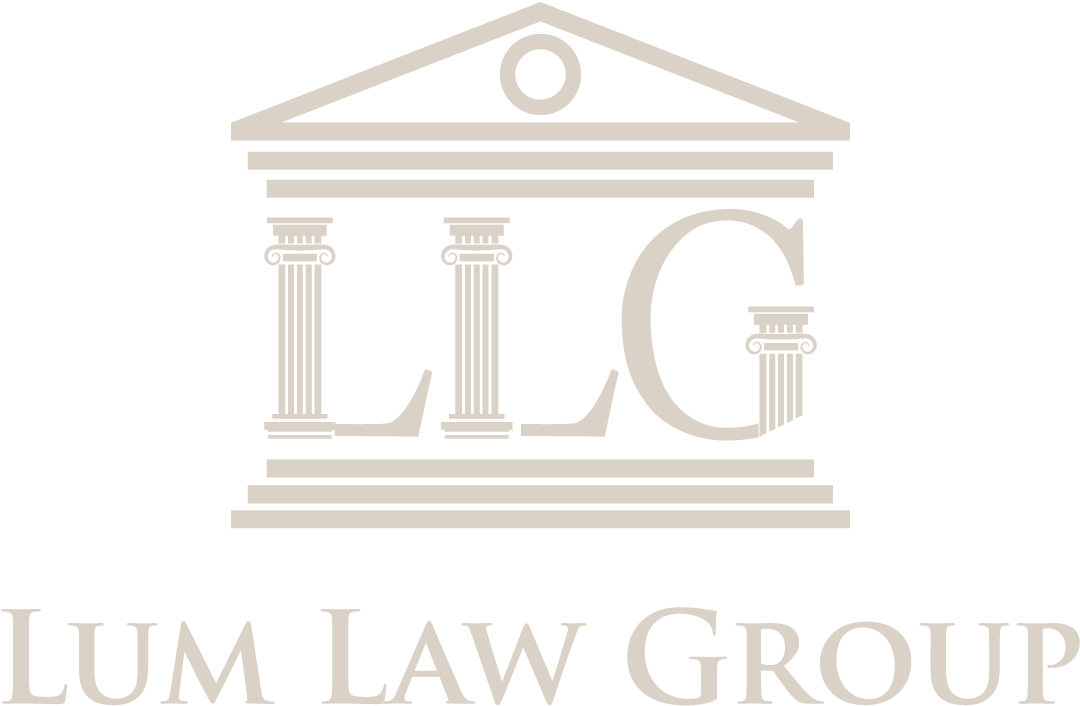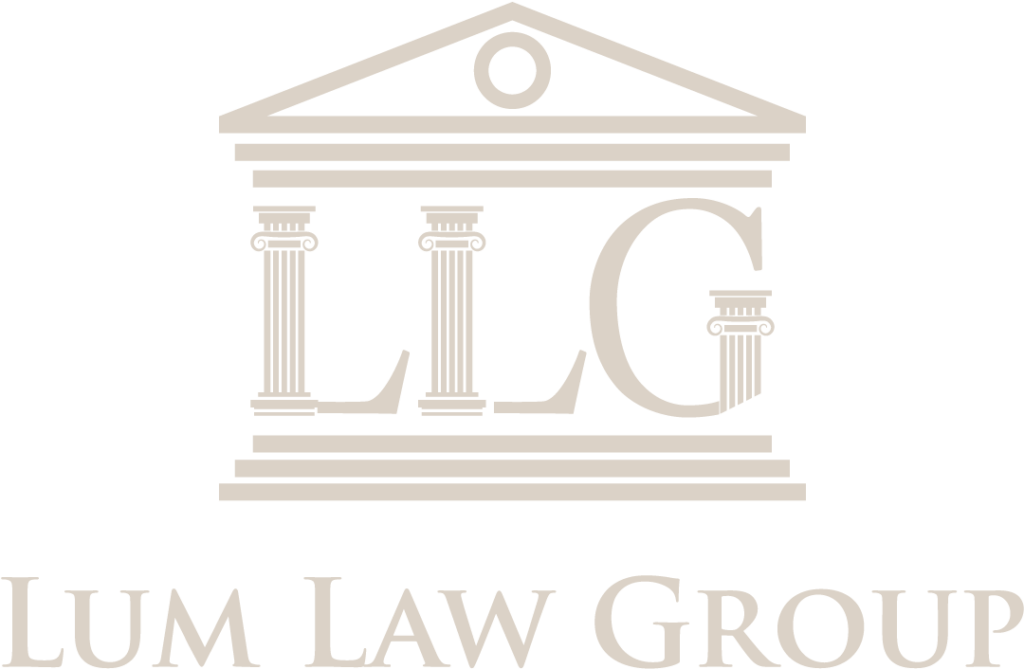Satisfying the One Year Abroad Requirement for L-1 Employment Visa
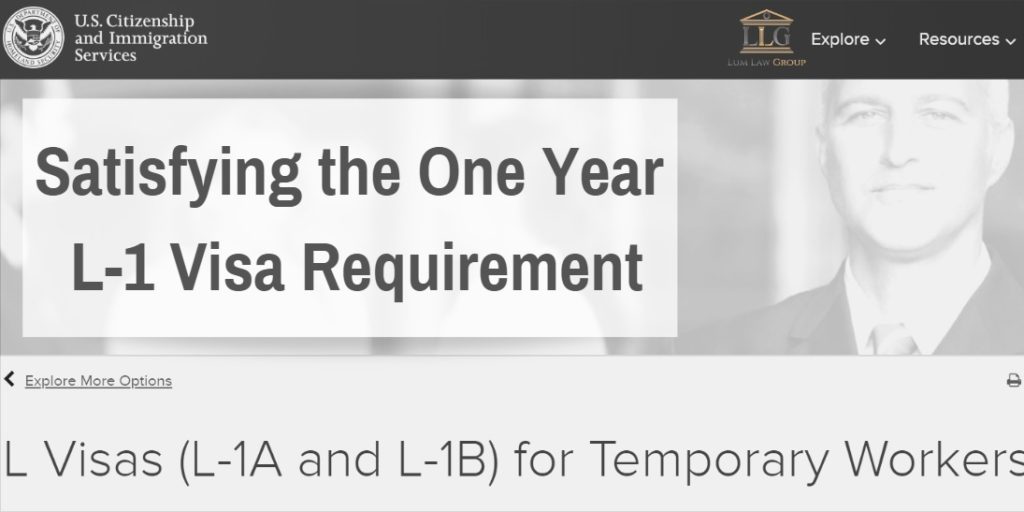
In November 2018, the United States Citizenship and Immigration Services (USCIS) issued a policy memorandum on satisfying the one year abroad requirement for L-1 visa beneficiaries. This policy memorandum is internal to the agency and cannot be used to justify a beneficiary’s qualification for L-1 visa (L-1A and L-1B Temporary Intracompany Transferee). Regardless, the policy […]
3 New Changes for H1-B Filers in 2019
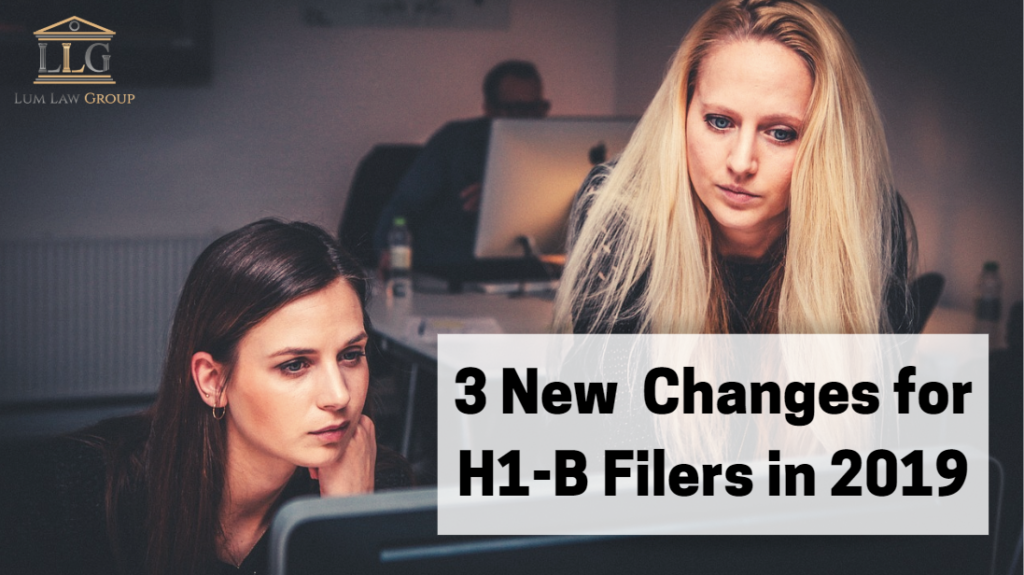
Here at Lum Law Group, we have already begun preparing H1-B petitions on behalf of our clients. If you plan on filing this year, do not wait till mid-March (it might be too late!) Contact our office for answers and assistance on filing your H1-B petition this year! On January 31, 2019, DHS has issued […]
How to ace your L-1 employment visa interview
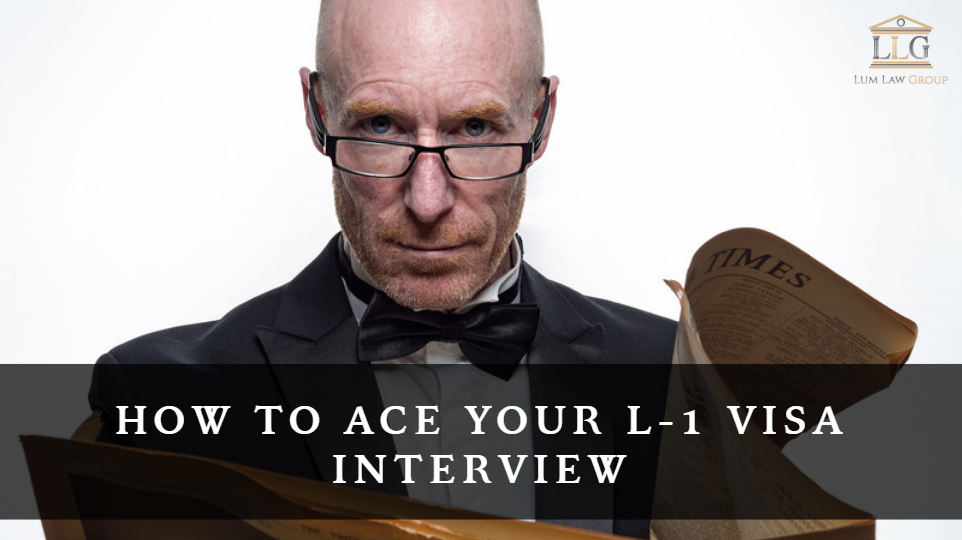
If your employer has successfully applied for your L-1 employer visa, you may be scheduled for an interview at the nearest U.S. embassy/consulate. Whether you have experience interviewing for a US tourist visa and know the drill, or it’s your first time and you’re incredibly nervous, we have tips to help you better prepare for […]
